Solving European Writer’s Block in Jewish Cairo (T-S 20.188)
One of the duties of the Cambridge Genizah Research Unit (GRU) is to identify and describe the manuscript fragments in the Taylor-Schechter Collection. That Collection contains almost 200,000 fragments, so this job is taking a while. Luckily, the GRU regularly employs experts in medieval Hebrew, Arabic, and Aramaic to catalogue the contents of medieval texts. This makes sense: those were the main written languages of medieval Cairene Jews. We want to identify the author, date and location of production for every manuscript in the Collection, so it is necessary to consult specialists in historical languages (‘philologists’), handwriting (‘palaeographers’) and manuscript production (‘codicologists’).
It is not, however, common for the GRU to employ experts for niche subsections of the Collection—things that are not handwritten, not Semitic languages or not medieval. For example, the Taylor-Schechter Collection contains thousands of pages from books printed between 1480 and 1897, but these are far less numerous than the earlier manuscripts that attract the philologists and palaeographers. Consequently, there are some items in the Collection that the GRU currently lacks experts to identify. This Fragment of the Month is one of those items.
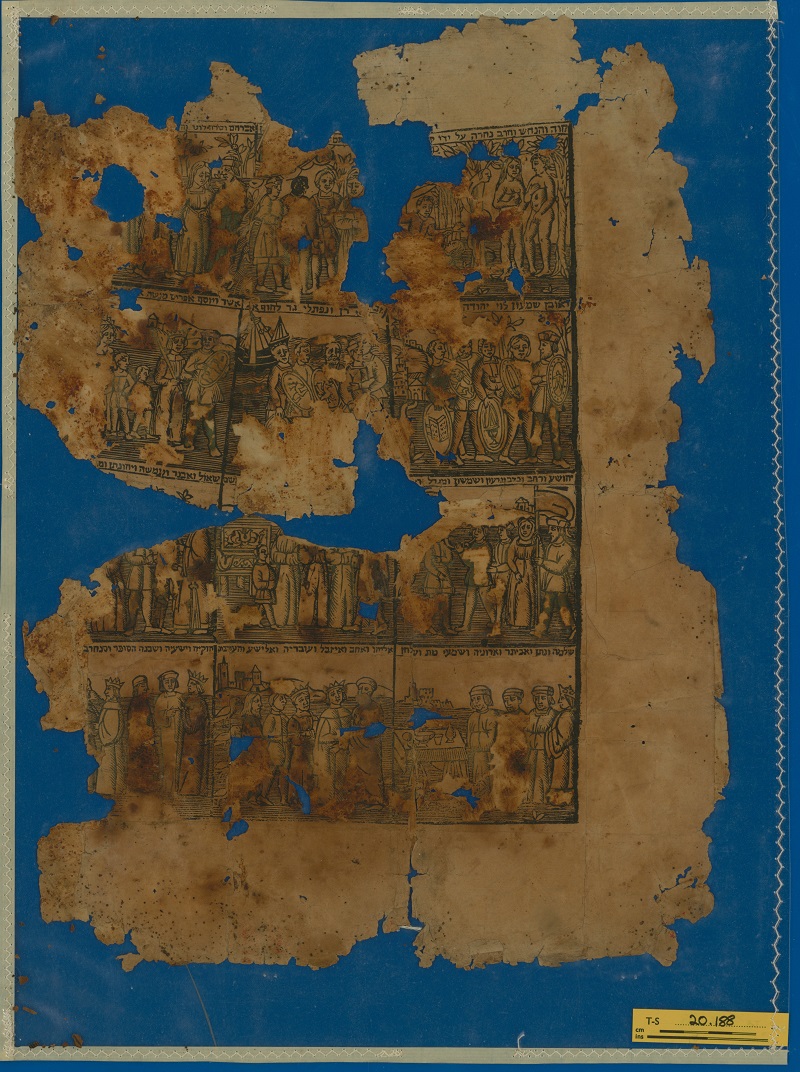
Fig. 1. T-S 20.188 recto
T-S 20.188 is a large broadsheet featuring twelve illustrated scenes from the Hebrew Bible. The outlines of these scenes were originally carved into a wooden block and stamped onto the page. Although they are now badly peeled and faded, at one time the illustrations were partially painted with coloured inks. Each scene also has a caption identifying its characters in Hebrew, beginning with Adam and Eve in the top right and proceeding chronologically to the Assyrian King Sennacherib in the bottom left. These captions appear to have been carved into the original woodblock rather than set with separate moveable type, which indicates that this page may have been part of a late medieval woodcut ‘block book’.
The surviving page is doubled over itself, and while there do not appear to be any images concealed, the entire unfolded sheet would measure around about 560-580mm x 395mm. The paper was produced using European papermaking techniques, but these measurements do not match the full- or half-sheet dimensions of the most common early modern European paper types. There is also a repair in the top left section where someone sewed together a tear. It was not a Cambridge conservator, but rather someone in the past who held this leaf and thought it was worth keeping even after it was damaged.
Both the identity of the carver who made the woodblock, and the title of any book book in which the print might have appeared, remain unknown. That said, the printer did not leave us without some clues. One of them is the use of block-printing technology itself. Egyptian printmakers utilised this technology to produce popular items, like magical amulets, for several centuries before the rise of moveable-type printing in Europe.1 T-S 20.188 is thus not the only block print in the Taylor-Schechter Collection, nor is it the oldest, not by a long shot. Several older Arabic block-printed amulets also survived in the Genizah:
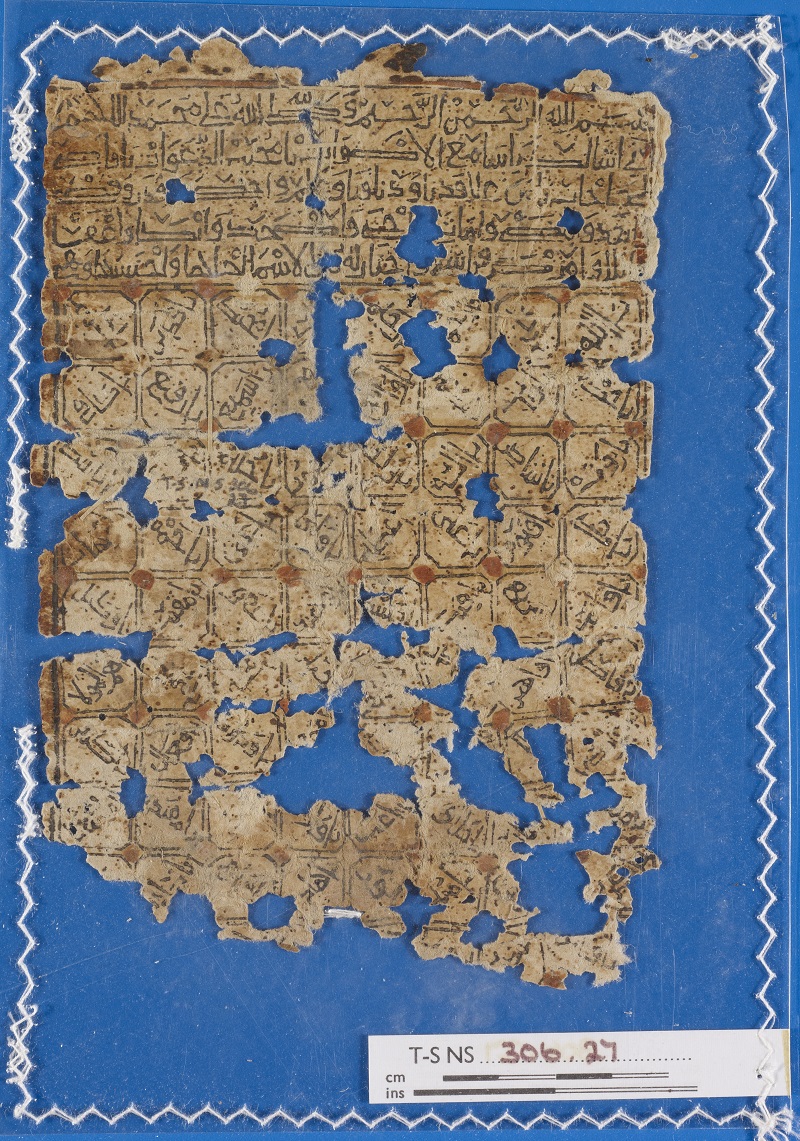
Fig. 2. T-S NS 306.27, block-printed amulet with the 99 Arabic names of God
Some Arabic prints are estimated to be from as early as the ninth or tenth century, but T-S 20.188 is in Hebrew, and Hebrew block prints are (surprisingly) less common in the Genizah. The only block-printed Hebrew amulet in the Cambridge Genizah Collection is Or.1080 J50, a large sheet marked with a blessing that was probably meant to be hung over a doorway. It reads, “Blessed are you coming in, and blessed are you going out.” The dating of this amulet is uncertain, but some historians have suggested it is from the fourteenth century.2
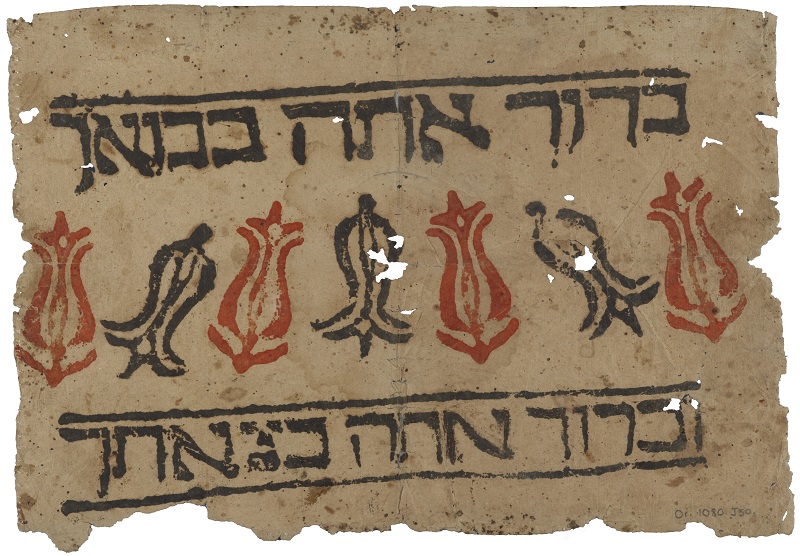
Fig. 3. Or.1080 J50, block-printed Hebrew amulet
Or.1080 J50 could have been produced in Egypt (although we aren’t completely sure), but T-S 20.188 was almost certainly made in Europe. We can tell this by several more clues in the art style. First, the carver of T-S 20.188 attributed an anachronistic coat of arms to each of the tribes of Israel. The practice of retroactively assigning arms to mythical or historical figures originated among Western European Christians in the late Middle Ages. The traditions of which symbols belonged with each tribe are, to put it mildly, inconsistent, but a famous arrangement appears in the Thesouro de Nobreza. This seventeenth-century Portuguese manuscript presents the following arms:
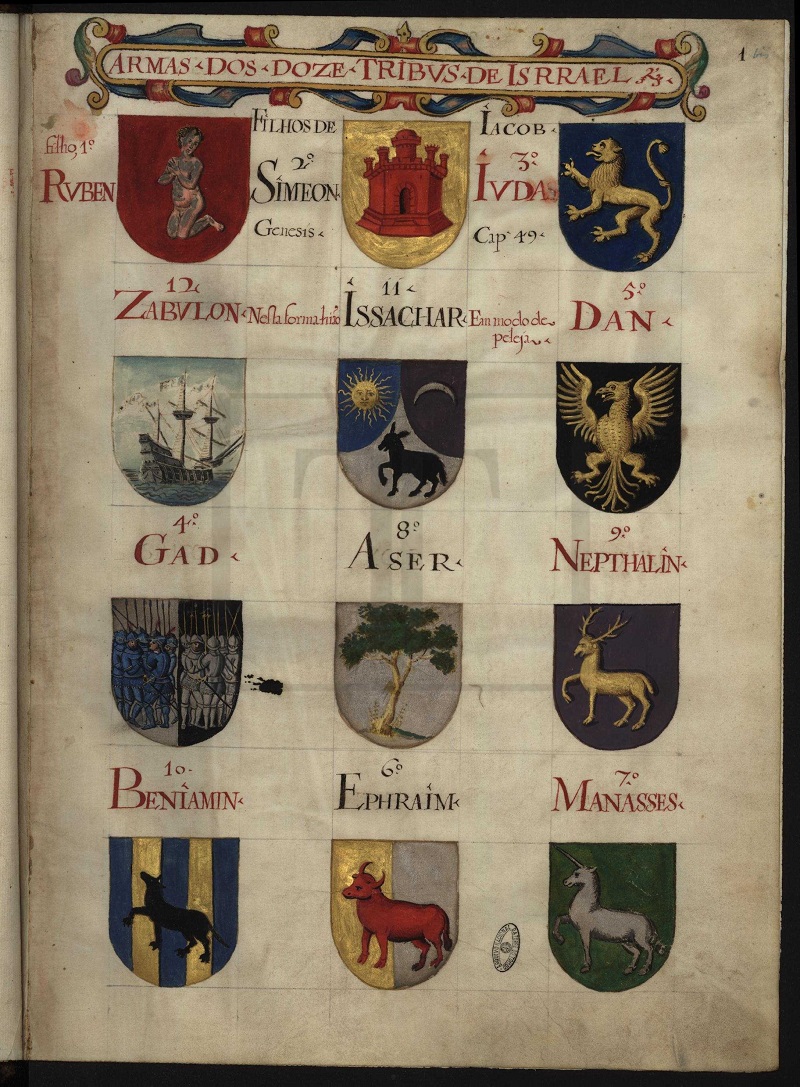
Fig. 4. Attributed arms of Israelite tribes in the Thesouro de Nobreza3
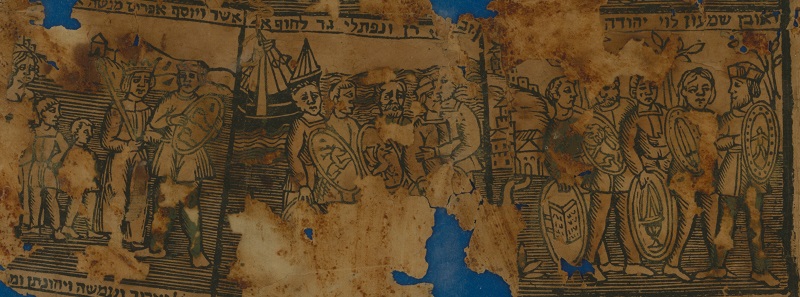
Fig. 5. Attributed arms of Israelite tribes in T-S 20.188
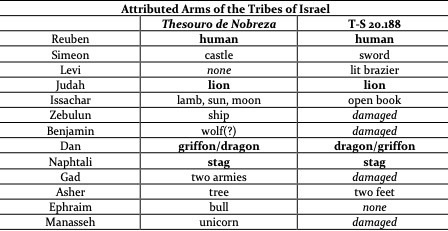
These two traditions are related, though what their common ancestor is, I do not know. It is at least clear that our carver reproduced a Christian motif associated with the tribes of Israel.
In addition to coats of arms, the carver dressed all the biblical figures in European-style clothing,4; right down to the Charlemagne-ish crowns on the heads of Kings Sennacherib and Hezekiah.
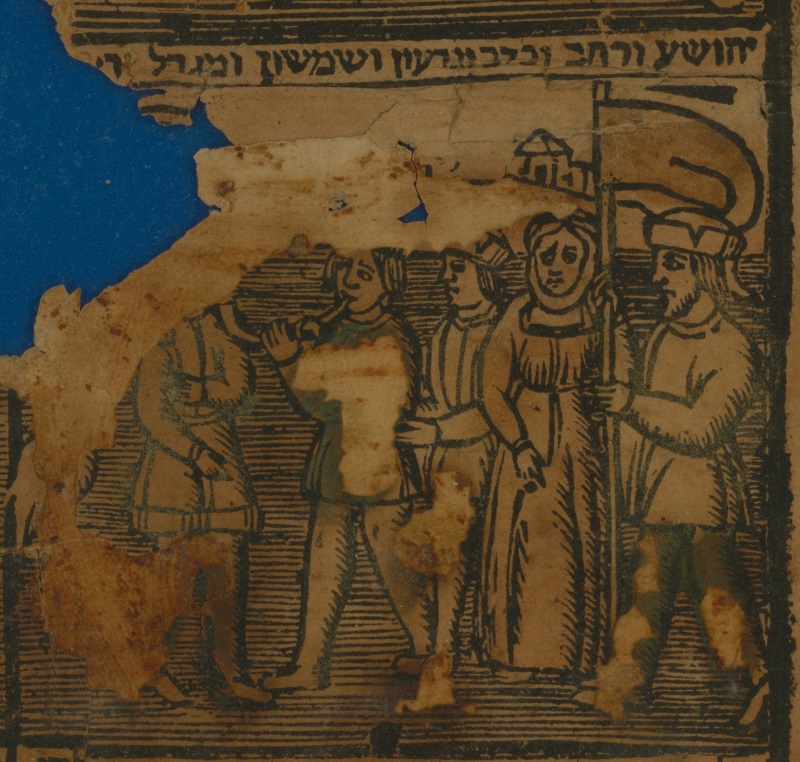
Fig. 6. Joshua (right) and Rahab (centre right) in European dress (section of T-S 20.188)
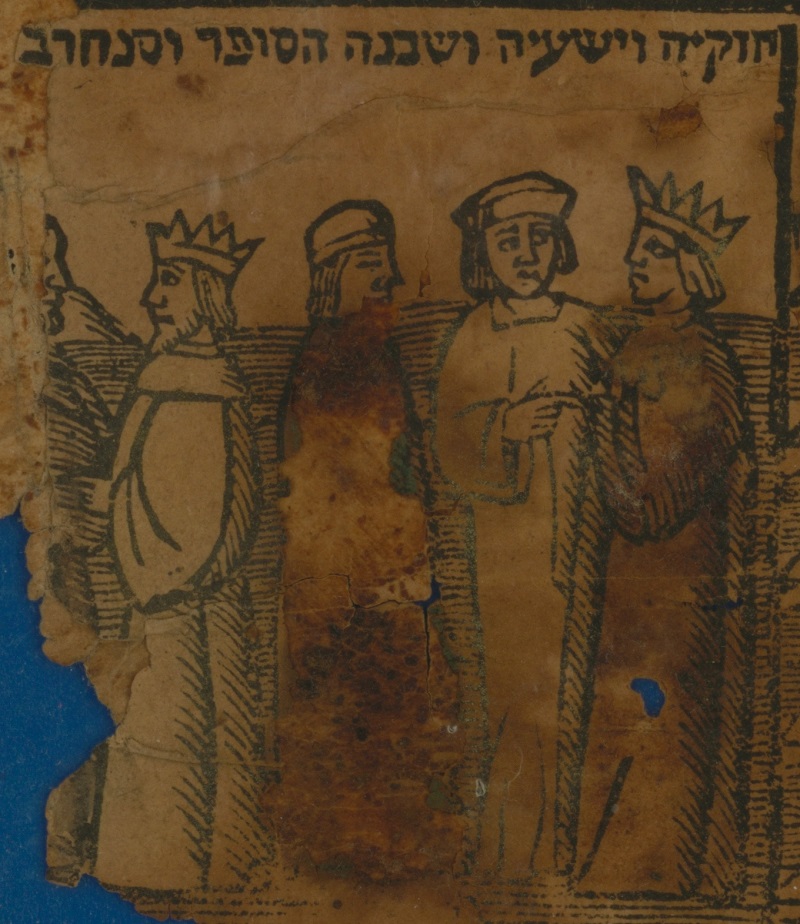
Fig. 7. Kings Sennacherib (left) and Hezekiah (right) accompanied by Isaiah (centre right) and Shebna the scribe (centre left)5
Similar styles of dress were not uncommon in artwork that circulated in early modern Jewish Cairo. There are several illustrated Passover haggadot in the Taylor-Schechter Collection that contain woodcut prints depicting figures in similar dress. One of them is a unique copy believed to be the earliest illustrated printed haggadah:
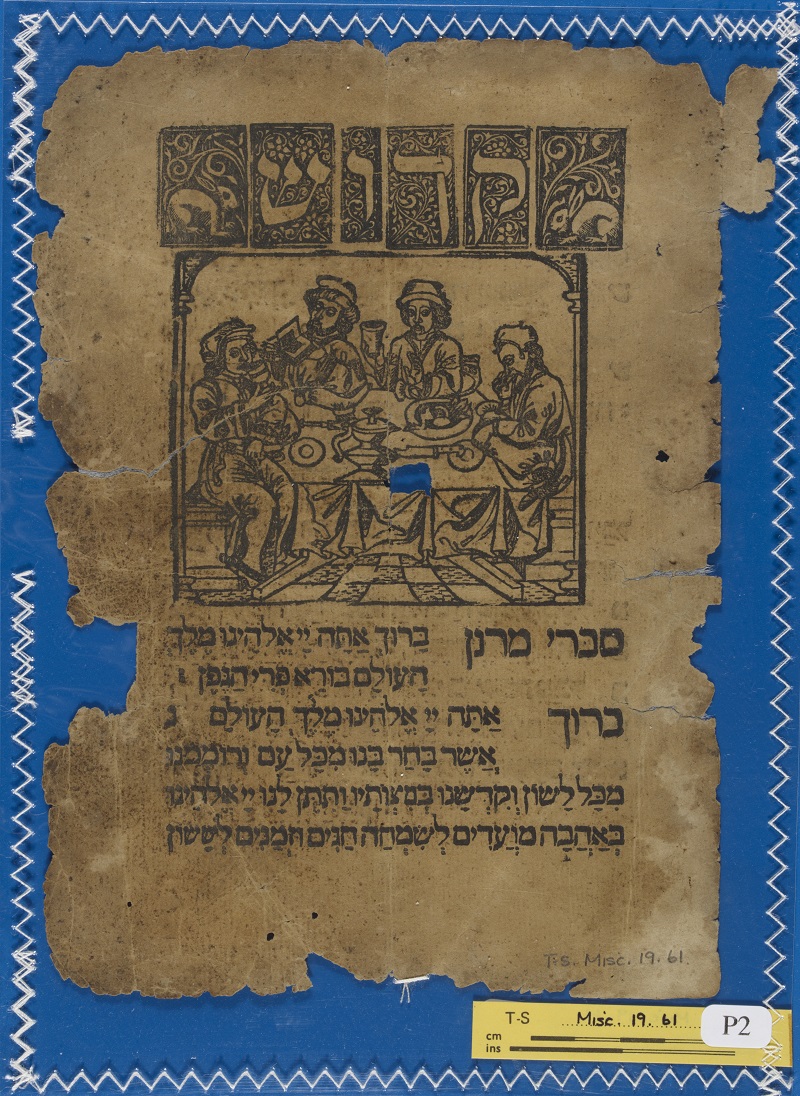
Fig. 8. T-S Misc.19.61 P2 recto
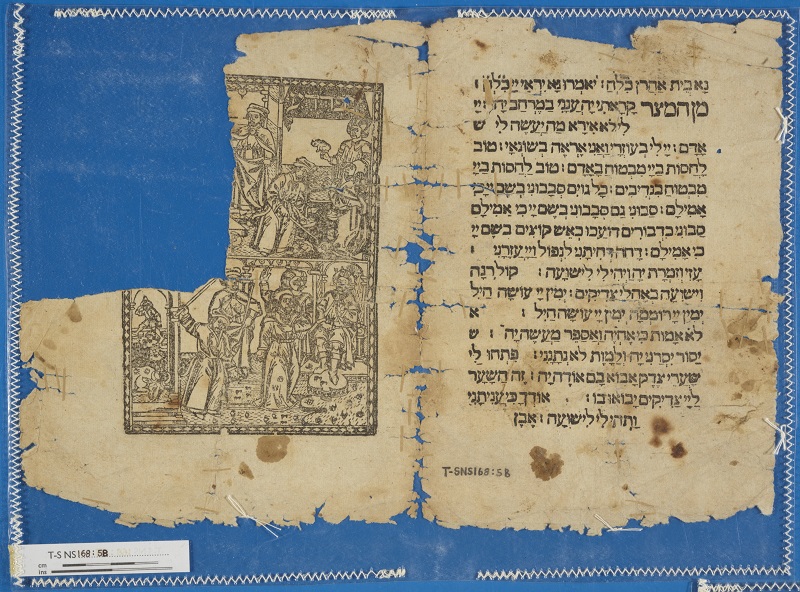
Fig. 9. T-S NS 168.5b verso
Eva Frojmovic has shown that this haggadah was most likely published in Constantinople circa 1506, with the brothers Samuel and David ibn Nahmias being possible candidates for its printers. She has also demonstrated that its engravings are products of a Neapolitan workshop famous for illustrating an edition of Aesop’s Fables in 1485.6
T-S 20.188 is different enough that we can be sure it was not produced at that same Italian workshop, but it does bear some resemblance to known European engravings. One intriguing detail in T-S 20.188 is the human face on the serpent in the garden of Eden.
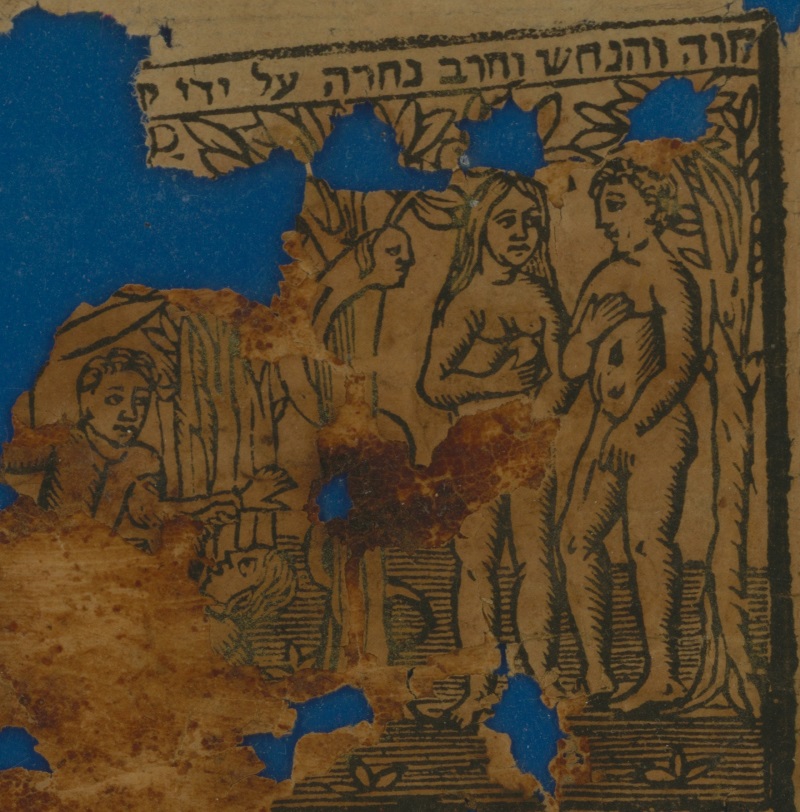
Fig. 10. Adam and Eve with a human-faced serpent7
The human-headed serpent motif is actually quite common in medieval European religious art. It is attested in literary sources from as early as the twelfth century and appears in the thirteenth-century Ebstorf map. It even features on the ceiling of the Sistine Chapel.8 Neither of these works is directly analogous to T-S 20.188, but there are a few woodcuts that resemble our serpent.
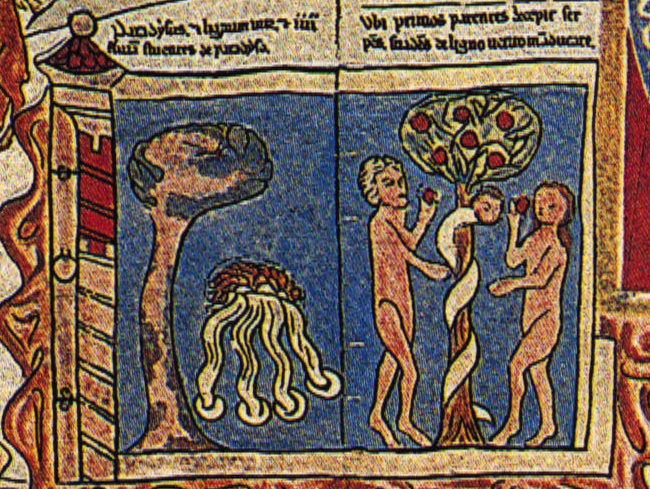
Fig. 11. Extract from the Ebstorf map (Germany, 13th century)9
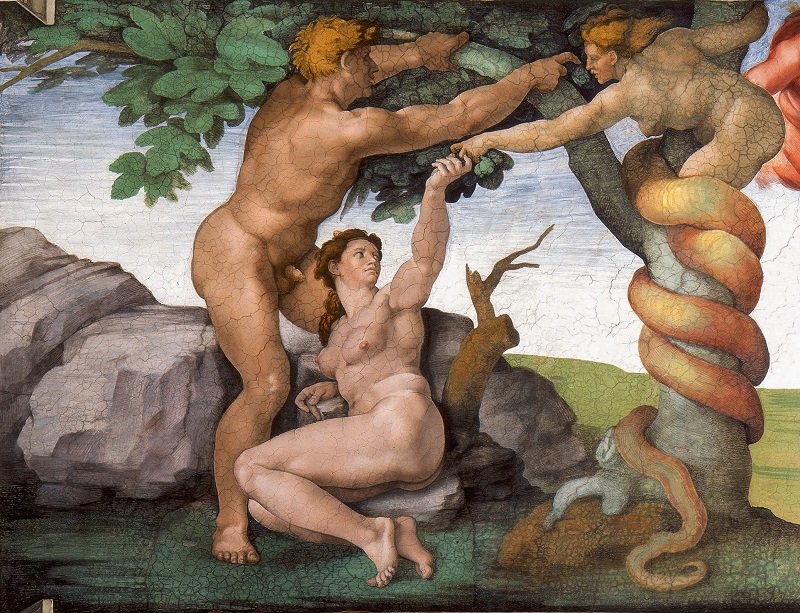
Fig. 12. Sistine Chapel ceiling by Michaelangelo (Rome, 1508-1512)
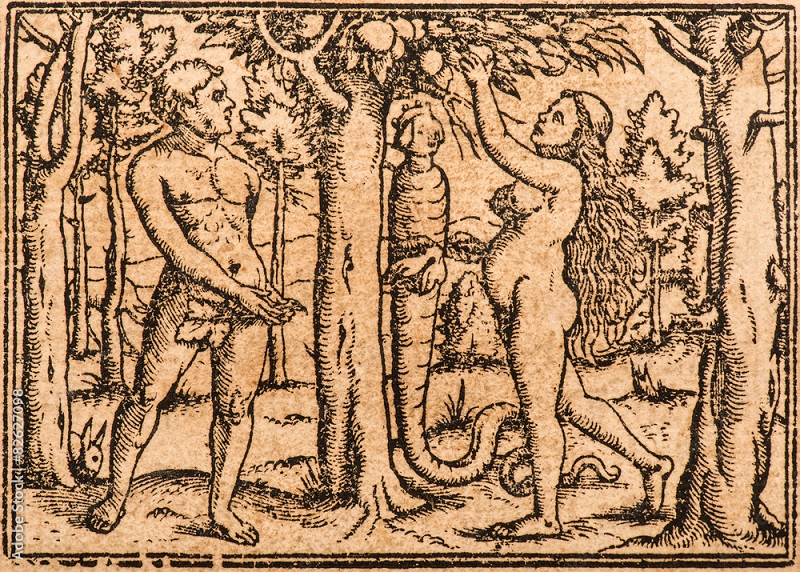
Fig. 13. Woodcut by Hans Holbein the Younger in a Bible printed by Christoph Froschauer (Zurich, 1531)10
The human-faced serpent also appears in a genre of illustrated popular Bibles, known as Biblia Pauperum or ‘Poor Man’s Bibles’, that were produced in northern Europe during the fifteenth century.
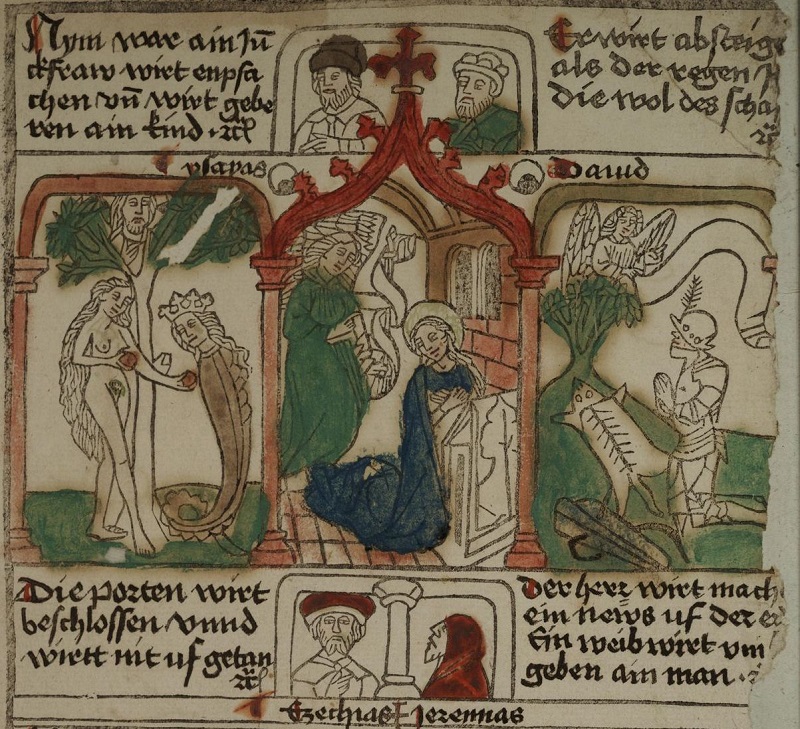
Fig. 14. Extract of woodcut from a German Biblia Pauperum printed by Hans Spoerer (Nuremberg, 1471)11
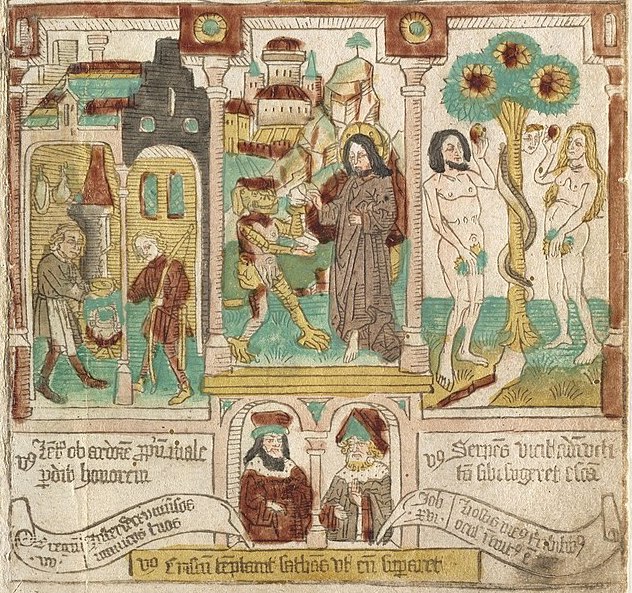
Fig. 15. Extract of woodcut from a German or Dutch Biblia Pauperum (Germany or Netherlands, c. 1465)12
It is this comparison to the Biblia Pauperum samples that stands out to me. Like T-S 20.188, ‘Poor Man’s Bibles’ are mainly block books. Each leaf is printed on only one side and displays clearly demarcated biblical scenes with woodcut captions. The partial painting in some of them is also consistent with the colouring that T-S 20.188 once had.
These similarities lead me to identify T-S 20.188 as a Jewish ‘Poor Man’s Bible’ and place its creator in northern Europe during the late fifteenth century. Whether that creator was a Christian or Jew remains unclear. There is certainly Hebrew text, but due to legal restrictions against Jewish printing, most European Hebrew printers—at least by the sixteenth century—were Christians. T-S 20.188 could well be an early example of the European-Egyptian printed book trade that is so well-attested in sixteenth- and seventeenth-century Genizah material.13
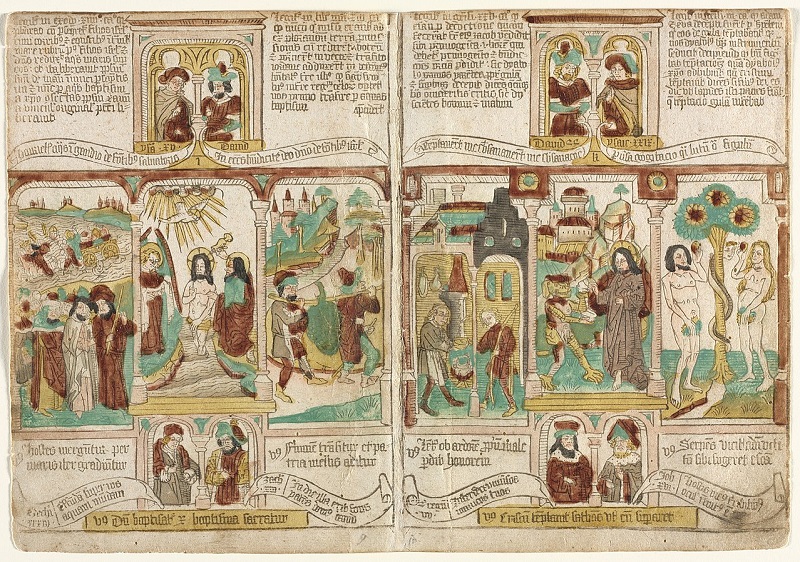
Fig. 16. Complete image of previous extract from a Biblia Pauperum (Germany or Netherlands, c. 1465)14
On the other hand, T-S 20.188 might be something completely different. In it, we have only a single page of a damaged work that was found in an unusual context. That work is still mixed up in the artistic conventions of its place of origin. It is not simple to explain, and I do not have all the knowledge needed to explain it. As I said before, no individuals, not even Genizah specialists, have the expertise to identify all types of fragments. That eclecticism is often the biggest challenge in Genizah research, but it is also what makes the Cairo Genizah so valuable. It is these artifacts that, at first glance, seem removed from their natural environment that allow us to uncover the history of interconnections between seemingly separate communities.
If you have more information about this Fragment of the Month or ideas for an alternative identification, please do not hesitate to get in touch (email: nrp40@cam.ac.uk or Twitter: @NPosegay). I really want to know what it is.15
Footnotes
1 On block printing in the Middle East and North Africa, especially in Arabic, see Kristina Richardson, Roma in the Medieval Islamic World: Literacy, Culture, and Migration (London: I.B. Tauris, 2022), 111; and Karl Schaefer, Enigmatic Charms: Medieval Arabic Block Printed Amulets in American and European Libraries and Museums, vol. 82, Handbook of Ottoman Studies (Leiden: Brill, 2006).
2 See the Genizah Fragments blog post on the topic: https://www.lib.cam.ac.uk/genizah-fragments/posts/throwback-thursday-heb....
3 Image downloaded from Wikimedia Commons: https://commons.wikimedia.org/wiki/File:Fl-_1_Thesouro_de_Nobreza,_Armas... .
4 Well, except Adam and Eve.
5 ‘Shebna’ is spelled with final ה in the engraving, whereas it is usually spelled with final א. Maybe that’s significant.
6 Eva Frojmovic, ‘From Naples to Constantinople: The Aesop Workshop’s Woodcuts in the Oldest Illustrated Printed Haggadah’, The Library 18, no. 2 (1996): 91, 105–7.
7 Abel is having a bad day.
8 See John K. Bonnell, ‘The Serpent with a Human Head in Art and in Mystery Play’, American Journal of Archaeology 21, no. 3 (1917): 255–91, which is one of the most 1917 articles I’ve ever read. See also another Genizah fragment, T-S K10.1, that uses a human-faced serpent as calligraphic flourish: https://cudl.lib.cam.ac.uk/view/MS-TS-K-00010-00001/1.
9 Image and information from this blog by Michael Faletra: https://michaelfaletra.weebly.com/ebstorf-map.html (accessed January 13 2023). For more on the map’s history, see G. Pischke, ‘The Ebstorf Map: Tradition and Contents of a Medieval Picture of the World’, History of Geo- and Space Sciences 5 (2014): 155–61, https://doi.org/10.5194/hgss-5-155-2014 (open access).
10 Image from Richard Fisher, A Catalogue of a Collection of Engravings Etchings and Woodcuts (London: John C. Wilkins, 1879), 126 and viii.
11 Image and provenance information from the Princeton University Digitial Library’s Scheide Library collection here: https://dpul.princeton.edu/scheide/catalog/ht24wj49c (leaf 1 verso) (accessed 13 January 2023).
12 Image and provenance information from the Cleveland Museum of Art, item 1986.91, found here: https://www.clevelandart.org/art/1986.91 (accessed 13 January 2023).
13 See Nick Posegay, ‘Hebrew Printing and Printers’ Colophons in the Cairo Genizah: Networking Book Trade in Europe and the Ottoman Empire’, in Literary Snippets: Colophons Across Space and Time, ed. Sabine Schmidtke and George A. Kiraz (Piscataway, NJ: Gorgias Press, n.d.), forthcoming, possibly soon-ish. Email me.
14 Cleveland Museum of Art, item 1986.91, found here: https://www.clevelandart.org/art/1986.91 (accessed 13 January 2023).
15 Thank you to Jesús de Prado Plumed and Liam Sims for their assistance at various stages of this investigation. Any errors are mine alone.
Cite this article
Posegay, Nick. 2023. "Solving European Writer's Block in Jewish Cairo (T-S 20.188)." Taylor-Schechter Genizah Research Unit. doi:10.17863/CAM.107302.
If you enjoyed this Fragment of the Month, you can find others here.
Contact us: genizah@lib.cam.ac.uk
Some manuscripts in this article are part of the Cairo Genizah Collection in Cambridge University Library. To see more items from this collection visit: https://cudl.lib.cam.ac.uk/
